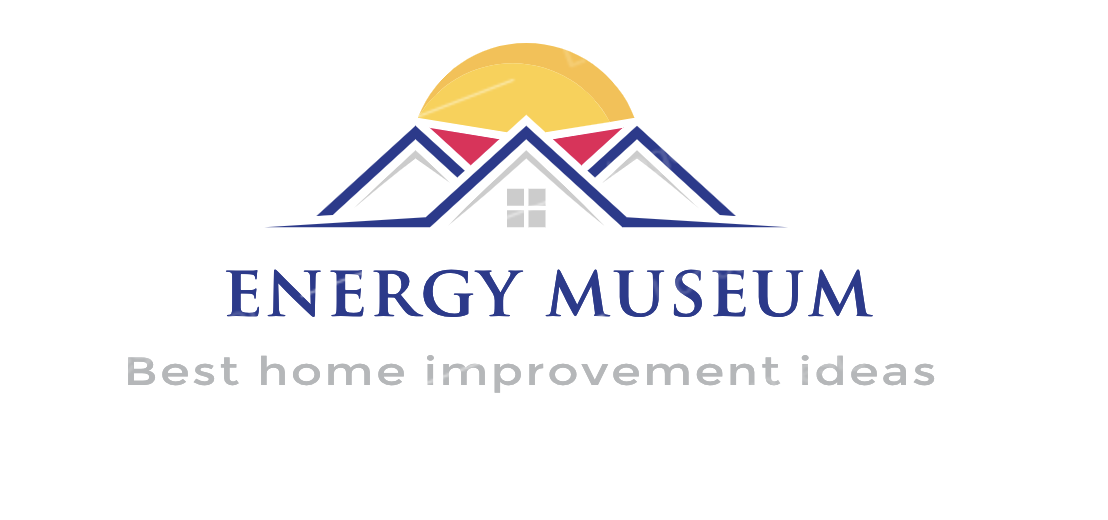You’re not alone if your bathtub has seen better days. The issue of old, chipped, or boring bathrooms is one that many homeowners must deal with. It can be intimidating to consider replacing it, both financially and in terms of trouble. However, what if there was an easier way to revitalise that worn-out tub? Let me introduce you to bath resurfacing, a makeover procedure that will revitalise your bathroom without going over budget. Bid farewell to ugly stains and welcome to a shiny, nearly new surface! Let’s examine this creative strategy’s operation and the reasons it can be the best fit for your house.

Resurfacing a bath involves
Bath resurfacing is an easy, yet incredibly powerful procedure. Cleaning thoroughly to get rid of grime and dirt is the first step. The optimal adherence for the new surface is ensured by this process. Any chips or cracks are then fixed. Expert professionals smooth out these flaws to produce a level basis. Following repairs, the entire surface is sanded down to remove any remaining finishes and get it ready for resurfacing materials.
To improve bonding, a primer is applied after preparation. The last layer is made up of strong coatings that offer wear resistance as well as visual attractiveness. Appropriate curing time after application is essential. Before using the bath once more, it needs some time to set. This painstaking procedure yields a gorgeous finish that elegantly revitalises your bathing area.
Resurfacing a bath has advantages versus replacement
For people who want to update their bathroom but can’t afford the high cost of a complete replacement, bath resurfacing provides an affordable option. It frequently costs only a small portion of what new installations do, saving homeowners a substantial amount of money. Another important component is time. Resurfacing usually only takes a few hours, so you may use your renovated bath almost right away. There’s no need for protracted renovations or waiting periods.
This approach also reduces disturbances in your house. You can continue your everyday routine with the least amount of disruption and mess. In comparison to brand-new bathtubs, resurfacing offers a greater selection of colour and treatment options. Because of this versatility, homeowners may design their bathrooms precisely how they want them without being constrained by what is already on the market. With these advantages, it’s easy to see why so many choose resurfacing over replacement when looking to update their bathrooms.
Benefits of bath resurfacing for the environment
Comparing bath resurfacing to conventional replacement techniques reveals substantial environmental benefits. You can lessen the amount of waste in landfills by opting to resurface rather than replace. The materials found in old bathtubs usually take years to break down. Resurfacing also requires less resources than other processes. It uses less energy and water than if you were to build a new bathtub from the ground up.
Additionally, resurfacing prolongs the life of your current bathroom fixture. As a result, less goods must be made, conserving raw materials and lowering transportation-related carbon emissions.
Its sustainability profile is further enhanced by selecting environmentally friendly coatings throughout the resurfacing process. Numerous contemporary choices have minimal volatile organic compounds (VOCs), which means they release fewer dangerous chemicals into the atmosphere. Eco-aware homeowners will find this modest choice intriguing because it has a big impact on the health of the earth and your home.

Commonly used materials for resurfacing bathrooms
The materials chosen for bath resurfacing can have a big impact on how the project turns out. There are numerous choices, each with special qualities and benefits of their own. Acrylic is one of the most widely used options. Its flexibility and light weight make it simple to use. Over time, acrylic coatings prevent peeling and chipping by producing a smooth finish. Epoxy resin is another substance used frequently. Epoxy, which is well-known for its toughness, offers a surface that is resistant to wear and tear. Many homeowners find the shiny effect that this alternative frequently produces to be pleasing.
Some people also prefer porcelain enamel because of its timeless appearance and texture. Applying it correctly produces spectacular effects that are evocative of brand-new porcelain baths, although it is more labour-intensive. Because polyurethane finishes provide exceptional protection against stains and scratches, they are becoming more and more popular. Their adaptability makes several colour choices possible as well. The appropriate material to use will rely on your unique requirements and preferences. Every variety has advantages that suit various aesthetics and guarantee that your bath will look amazing after resurfacing.





